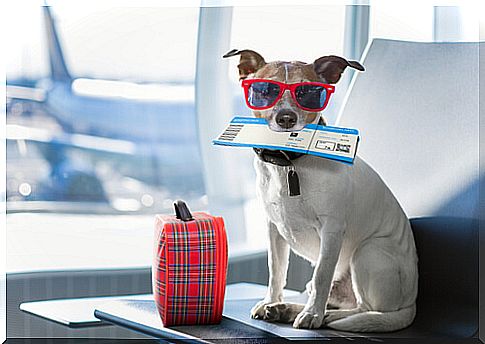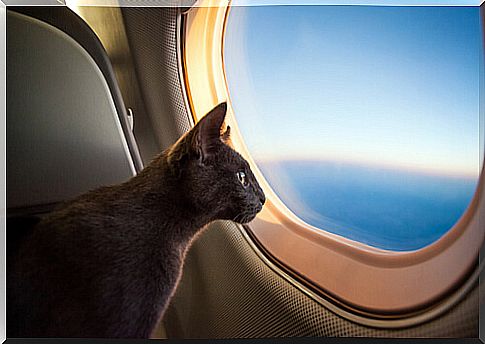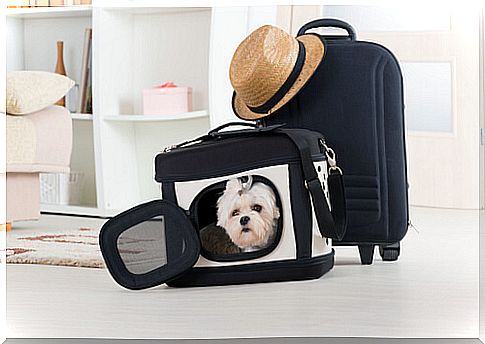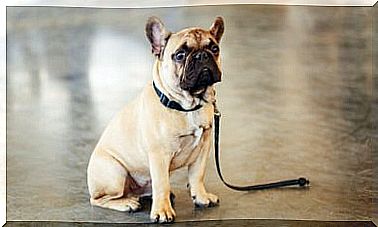6 Tips For Traveling By Plane With Your Pet

Although traveling by plane with your pet may seem like a pleasant and simple process, you must take into account some considerations to ensure their well-being and avoid misunderstandings wherever you decide to go with them. For this reason, below, we give you some guidelines.
1. Plan the trip ahead of time
It is becoming more and more common to see people traveling with their dogs, but even so, taking a pet everywhere without problems is not something that can be taken for granted.
Many establishments (restaurants, hotels, tourist places, private beaches, etc.) do not allow animals or do so under certain conditions. Therefore, it is necessary to inform yourself well with enough time in advance so as not to have a bad time or make random claims.
The most advisable thing is that you organize the trip in advance and check which are the places that accept animals. You also need to make sure – in advance – which are the urban transport in which your pet can travel without problems, such as buses, for example.

2. Check the conditions of the airline
Currently, airlines are not required to accept pets, although more and more do, both in the hold and in the cabin. Before buying the ticket, check the conditions of the airline well because they are not all the same. Each can impose certain restrictions, such as:
- The animal species. Dogs and cats are generally accepted in all airlines that accept animals, other accepted species are birds (except birds of prey), fish, turtles, rabbits, hamsters and guinea pigs, amphibians, crustaceans and insects but not in all companies and some are required to go in the cellar.
- The number of animals traveling in the cabin. The number of carriers and their dimensions are limited by the type of aircraft.
- The size. Animals accepted in the cabin generally should not exceed 8 kg in weight, including the carrier.
- The carrier or transport bag. The standard measurements for a carrier suitable for travel in the cabin can be approximately 45 cm long, 35 cm wide and 25 cm high, but these may vary depending on the airline. For the cellar it varies according to the animal, and there is a limit on the maximum size allowed. In addition, the carrier must be resistant, ventilated, with a waterproof and safe bottom.
- The breed of dog. Brachycephalic and potentially dangerous (PPP) breeds are not allowed in many companies. Brachycephalic dogs and cats are at increased risk of heat stroke and respiratory disorders when exposed to stress or high temperatures.
- The price. Traveling with your pet by plane always involves an additional cost that will depend on the following conditions:
- Place where you travel: cabin or warehouse
- Weight of the animal and its carrier. It increases as the cage increases and the weight of the animal.
- Route and destination. The destination of the trip may imply a restriction when traveling with your pet by plane.
3. Confirm your pet’s attendance
In addition to checking that your pet can travel without problems and safely on the plane, when the travel date approaches, you can call customer service to confirm that your pet does indeed comply with the company’s conditions. So then you will not have problems “unforeseen” before boarding.

4. Prepare your pet for the trip
For a pet this experience can be strange and stressful, for this reason you must help him to cope with it. You can familiarize the pet with the carrier before the travel date arrives so that when the day arrives, it feels like it is a safe place.
5. Consult with your vet
If you think your pet will need some type of tranquilizer to safely cope with the plane trip, consult your veterinarian before offering any medication.
The veterinarian will prescribe the most suitable for your animal, according to the species, age, size and duration of the trip and will give you the instructions to administer the medication.
6. Prepare all documentation
Pets need documentation that ensures that their health is good and their possession is completely legal.
Health certificates are issued by a registered veterinarian and the documentation will depend on the species. Dogs, cats and ferrets must have an updated passport with their identification and vaccinations to travel in Europe.








